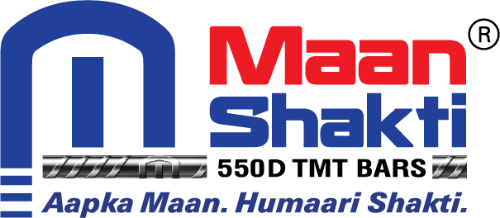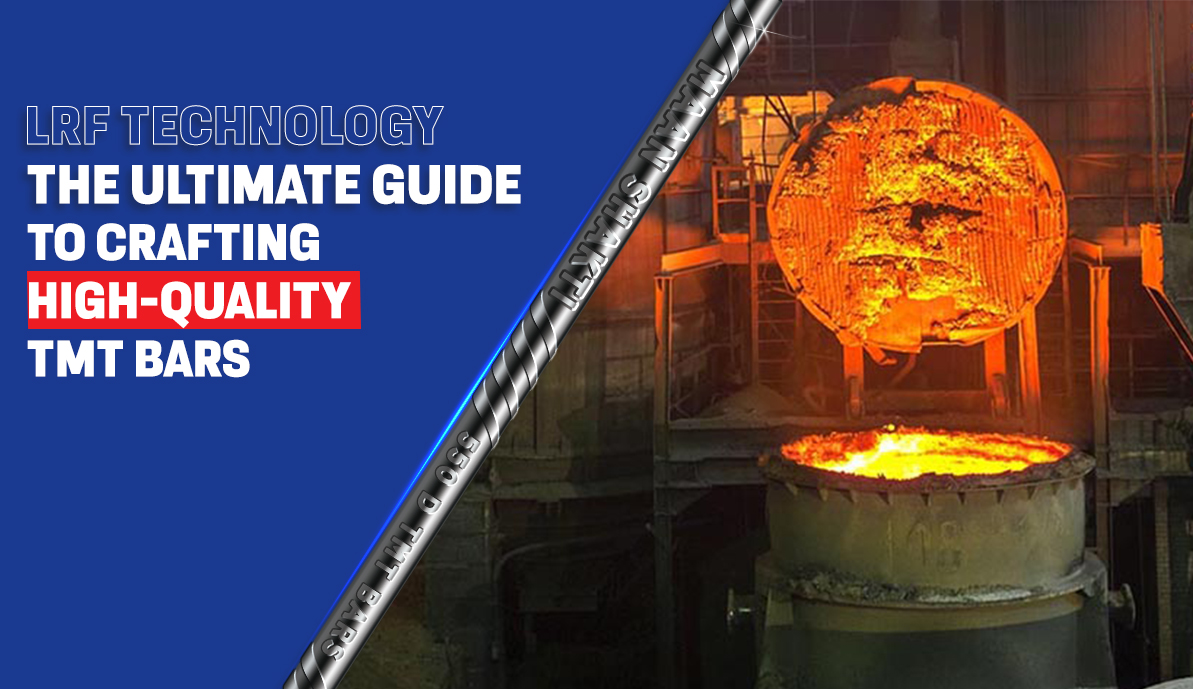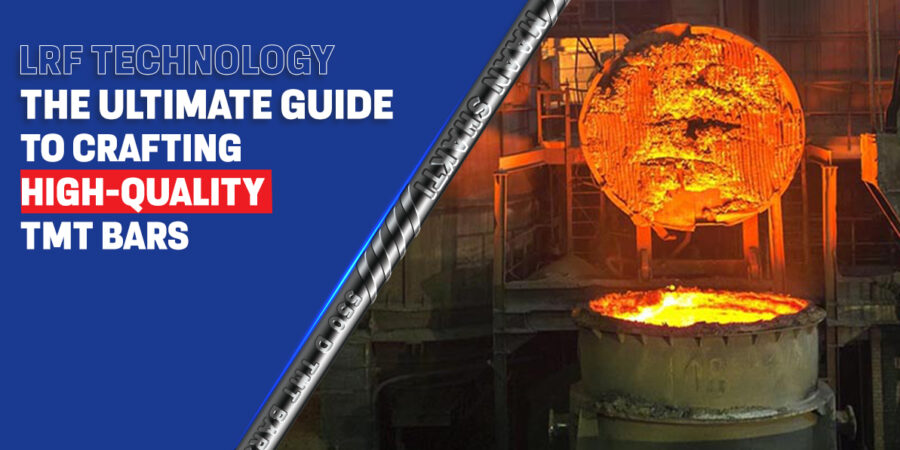The quality of the steel used in manufacturing TMT bars influences its quality. Depending on the levels of Phosphorus and Sulphur in the steel, the TMT bar’s heat resistance may be reduced or cause cold shortness. Cold shortness refers to the steel becoming brittle under extremely cold conditions because the high phosphorus levels impact its ability to withstand temperature differences.
LRF technology in manufacturing steel is known to have many benefits. Hence, it is the ultimate choice for wholesale TMT bar manufacturers in West Bengal to produce IS:1786 standard steel. Let’s explore the details of LRF technology and why it is essential to crafting high-quality TMT bars.
What is LRF Technology?
LRF technology — short for Ladle Refining Furnace technology, is a sophisticated method for producing construction-grade steel. The steel is first prepared from iron ore in the basic oxygen furnace, arc furnace, and induction furnace. The steel is then transferred into the ladle for refining, chemistry adjustment, inclusion, and modifications.
The temperature of the heat source is increased in the ladle, adjusting the chemical composition of the molten steel. The increase in heat compensates for thermal losses and contributes to further refining the steel.
As mentioned earlier, improper proportions of Sulphur and Phosphorus can lead to disastrous consequences. If present in higher concentrations, they will reduce the ductility of the steel and create inclusions. Refining steel using LRF technology helps remove these impurities by floating the inclusions in steel and purging dissolved gases. The process of removing the dissolved gases is called vacuum degassing. The ladle is lifted into a vacuum tank, and argon, a noble gas, is blown into the bottom of the ladle. The addition of argon causes the stirring motion to occur in the ladle. This motion removes the hydrogen and nitrogen contents in the liquid steel. Moreover, it reduces the oxygen and sulphur contents, leaving the steel pure and retaining only the best properties. The specified chemistry is obtained by adding ferroalloys, after which the liquid steel is sent into the caster.
The TMT bars supplied by the leading TMT wholesale distributor in West Bengal are of very high quality and resistant to heat, corrosion, fatigue, seismic activities, and other natural calamities. These properties make it the ideal choice for use in large-scale infrastructure projects.
How LRF Improves the Quality of Steel
Ladle refining furnace is the top choice for refining steel owing to its many benefits. These include:
- Desulphurization and dephosphorization of steel
- Homogenization of temperature and composition of the molten steel
- Removal of Oxide inclusions
- Degassing of steel through pumping inert gases.
- Reduced ferroalloys consumption through better recovery and maintenance of composition in a narrow range
- Improvement in the grain structure of the microstructure
- Enhanced productivity. The melting furnace can be emptied earlier at low temperatures as a result
- Acts as a buffer by holding the steel before casting
Industry experts acknowledge the TMT bars made from steel produced using the LRF process to be of the highest grade. Leading TMT bars wholesale distributors in West Bengal put emphasis on sourcing the best raw materials and treating them with the LRF process. This ensures that the bars are on par with the highest standard in the industry.
What Makes LRF the Ultimate Technology for TMT Bar Manufacturing?
A ladle refining furnace improves steel quality by raising the temperature to refine it. As discussed earlier, the Sulphur and Phosphorus content in the steel can quite literally make or break the formulation. Using LRF technology, the Sulphur and phosphorus level is lowered to the optimal concentration in the induction route. It also floats inclusions in the mix and dissolved gases, subsequently improving the overall quality of the steel.
The refined steel is then sent into a CCM or Continuous Casting Machine, where it is cast into steel billets in a closed environment. This eliminates any remnant gases and inclusions. This allows the steel billets to be formed into high-quality TMT bars.
These high-quality TMT bars are used in large-scale infrastructure projects like dams, bridges, flyovers, skyscrapers, tunnels, airports, and industrial structures, among others. TMT wholesale distributor in West Bengal deliver the high-quality TMT bars to its customers to build stronger construction projects.
Conclusion
Without LRF technology, steel-making furnaces would need to go up to much higher temperatures to compensate for heat losses during conventional refining practices. Implementing this method also contributes to speeding up the entire production process and improving efficiency. Maan Shakti is one the leading TMT bar wholesale distributors in West Bengal, focused on adhering to industry guidelines and practices. These TMT bars are highly suitable for large-scale construction as well as construction in areas plagued by frequent natural disasters.


